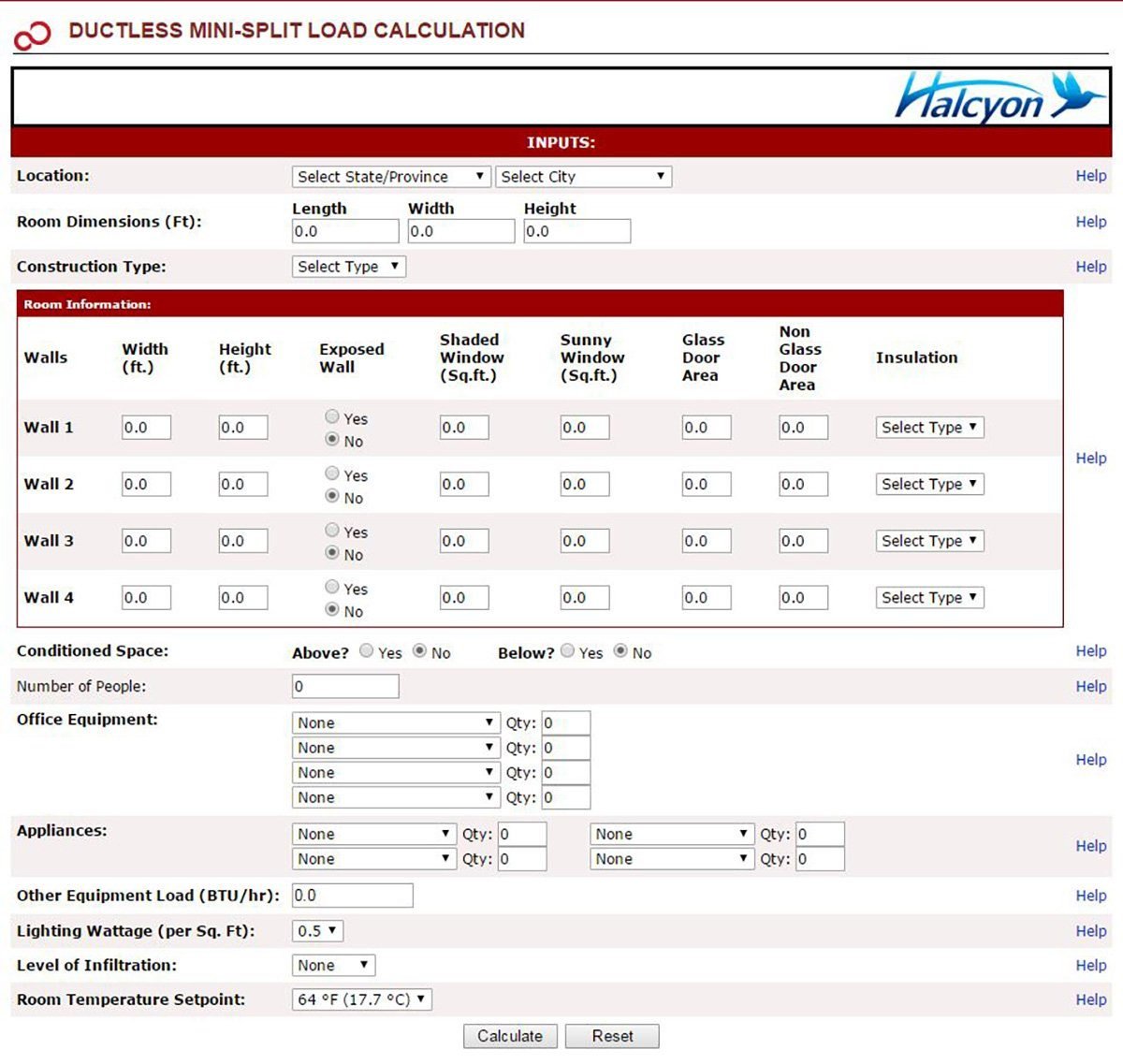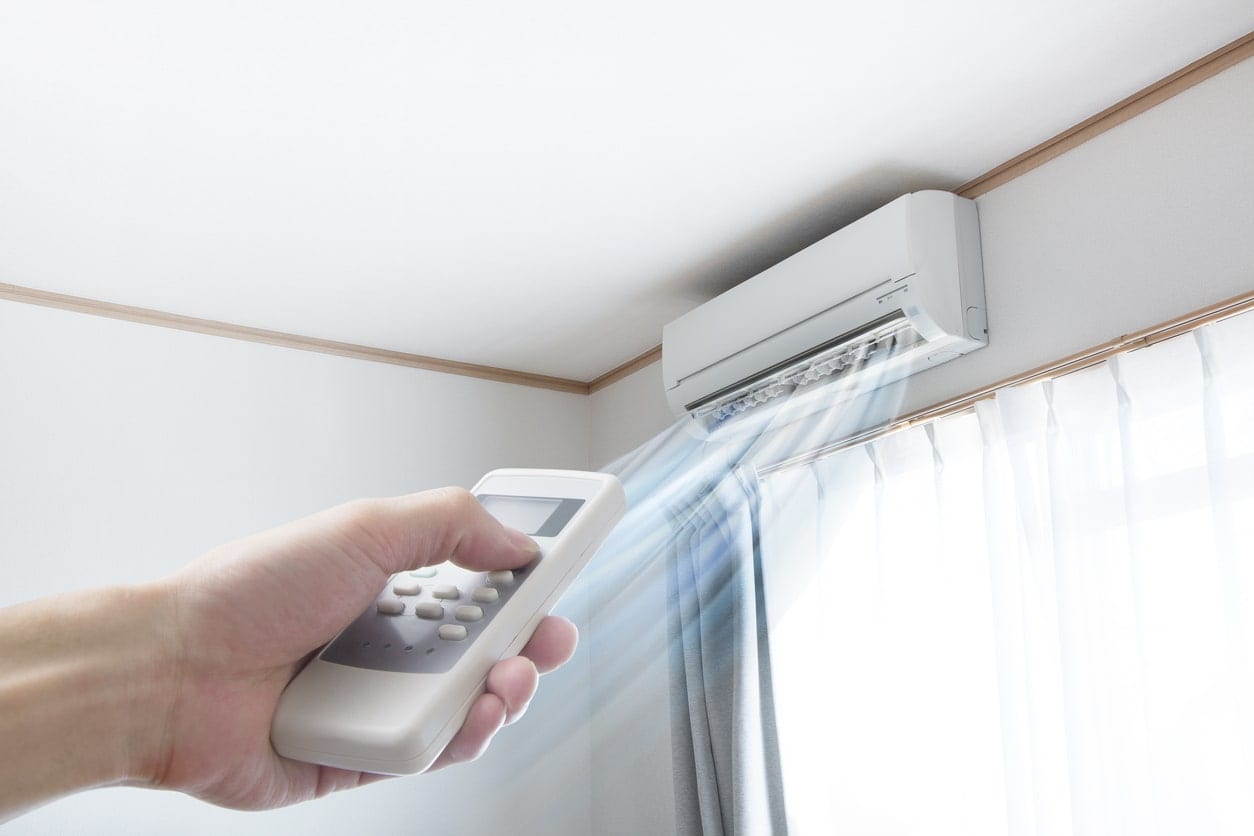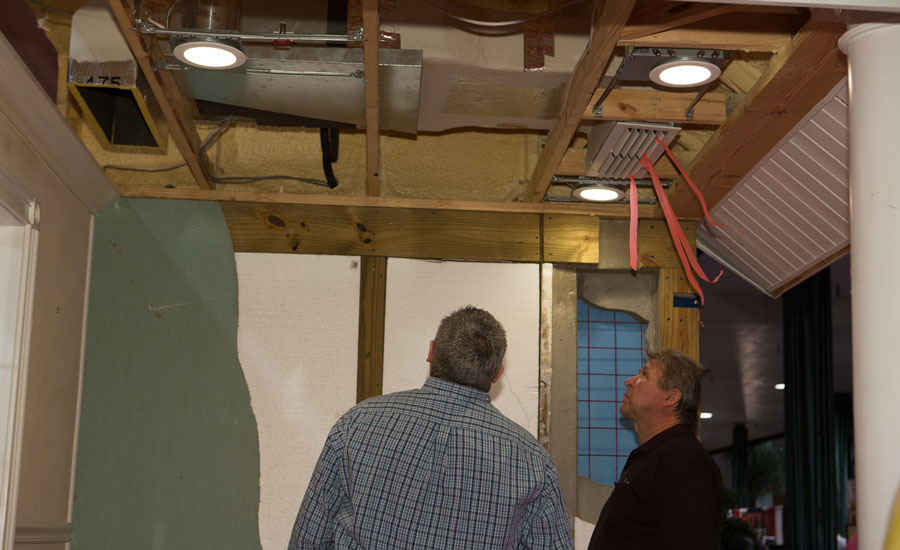Table of Content
Pros A quiet-running system with 16.5 SEER inverter technology for energy efficient, precision-controlled operation. The unit features an LED display, self-diagnosis, intelligent defrost, and pre-heating. Cons As with all mini split air conditioning systems, this one can be a little tricky to install. Pros The stealth LED mode is a slick feature that turns the display on and off as needed. Cons Remember, this is a budget model so it may not offer the durability that is found in higher priced units. MRCOOL SEER Ductless Heat Pump Split with WiFi Check Price Smart Operation Bottom Line This mini split system lets you control your air conditioning with an app on your smartphone.

That allows you to choose specific temperatures for your room based on the time of day to help you save money. Although it might be tempting to save a few dollars by purchasing a cheaper mini split system, it’s important to consider its efficiency. Highly efficient appliances often repay the difference in initial price within a year when compared to cheaper devices. In homes that experience inconsistent heating, this is particularly useful, as individual handlers can be set to compensate for the uneven heat distribution. Individual controls also cater to co-habitants who have different preferences when it comes to indoor temperatures. One room can be kept cool while another is programmed to be much cozier.
Availability with Installer
The main advantages of mini-splits are their small size and flexibility for zoning and cooling individual rooms. Many models can have as many as four indoor air handling units connected to one outdoor unit. The number depends on how much cooling is required for the building or each zone.

Most indoor units have profiles of about seven inches (~18 cm) deep and usually come with sleek, high-tech-looking jackets. Many also offer a remote control to make it easier to turn the system on and off when it's positioned high on a wall or suspended from a ceiling. However, the price tag of a central air system starts to look pretty similar to mini-splits if you consider the cost of buying and installing the ducts as well. Many houses already have ductwork built-in, but many mobile homes don’t, so you’ll have to add your own.
Payments Accepted
You should do some research to figure out which system is best for your home, mobile or otherwise. Here’s a little info on both the good and bad aspects of installing a ductless mini-split system in your mobile home. There’s really no good way to recommend an air conditioning system to anybody without first looking into the specifics of their home.
Once the warm air comes into contact with the coils, an energy transfer occurs, converting the coolant liquid into gas. This gas is then transferred into the outdoor unit’s compressor to undergo a recycling process that converts it back into cool liquid. When the air is cooled, it is fed back through piping into the air handler before being dispersed around the room.
Pioneer Inverter++ Energy-Star Mini Split Wall-Mounted Air Conditioner
Before looking at the amount you could add to the value of your home by installing a mini-split heat pump, you should examine its installation and running costs. Before deciding one way or the other, you should get in touch with an HVAC expert for a consultation. Somebody experienced in the industry will be able to tell you not just the kind of system you should go for, but also which specific unit or model would be best for you. Once you’ve narrowed your list down to a few options, a trip to see a trusted HVAC technician is a great way to make sure your final decision is an informed one.
This is great if you have certain rooms or sections of your mobile home that are especially difficult to cool. It can also help you save power at night by turning off every head except the one in your bedroom. This allows you to stay nice and cool while you sleep without forcing the system to cool down your entire house. Refrigerants are chemicals that are especially good at facilitating the transfer of heat, which is key to any temperature-changing appliance. As the name suggests, they’re used in fridges as well as air conditioners. Inside an AC unit, a motor called the compressor forces the refrigerant into the condenser coil, which increases the pressure and changes the refrigerant from a gas into a liquid.
It works similarly to a traditional central HVAC system, with the main difference being that it doesn’t use ductwork. Instead, refrigerant lines play a pivotal role in the heating, cooling, and distribution process. An increasingly popular air conditioning option is a ductless mini split system. These devices are efficient, discreet, and easy to install, allowing homeowners to reduce their carbon footprint as well as their utility bills. Due to their precise heating and cooling capabilities, mini splits are particularly effective in small homes.
Home Depot offers hundreds of mini-split models manufactured by some of the industry-leading brands. Pioneer, Bosch, or GREE are some of the most dominant mini-split brands you’ll encounter at this home improvement store. Defrost mode – Preventing the ice build-up on the unit’s evaporator coils during the winter months is paramount for ensuring optimum performance. That’s why most mini-split models are equipped with the Defrost mode that thaws the ice automatically.
Mini split systems are small and discreet, and they don’t require any ductwork, maximizing your living space. When the air conditioner is in operation, these materials are dispersed, reducing the air quality inside your home. While ducts can be cleaned, the process is quite tricky and can be expensive if you hire a professional. Air conditioning systems are essential for regulating the temperature and air quality of a building. During hot and humid weather, homes become harborers of humidity, allergens, and pollutants, making for a sweaty and uncomfortable environment. These types of conditions not only affect your comfort but can also negatively impact your sleep, energy, and general health.
Installing a system that’s too big will mean that it cools the room too quickly and turns off prematurely. When this happens, your mini-split cannot get all the humidity out of the room, and it will be uncomfortable. A. In northern regions of the U.S., a SEER rating of at least 14 is recommended. In the hotter regions of the country, a minimum SEER rating of at least 15 is recommended. Samantha is an editor who covers all topics home-related including home improvement and repair.
Now that the refrigerant is a liquid, the compressor then passes it through a pipe into the evaporator coil. Instead of increasing the pressure, the evaporator lessens it and turns the refrigerant back into a gas. Just as the gas-to-liquid change created heat, the liquid-to-gas transformation does the opposite and absorbs heat. This fan pulls warm air from inside your home and passes it across the evaporator coil, allowing the now-gaseous refrigerant to absorb the heat out of the air. It’s actually a pretty simple machine once you understand the chemistry behind it. As you can probably imagine, cooling a mobile home is pretty different from conditioning the air in, say, an office building or even a full-sized house.


No comments:
Post a Comment